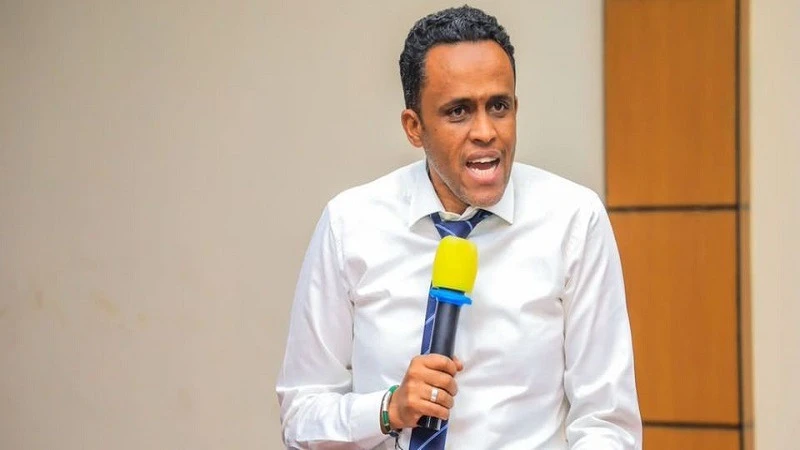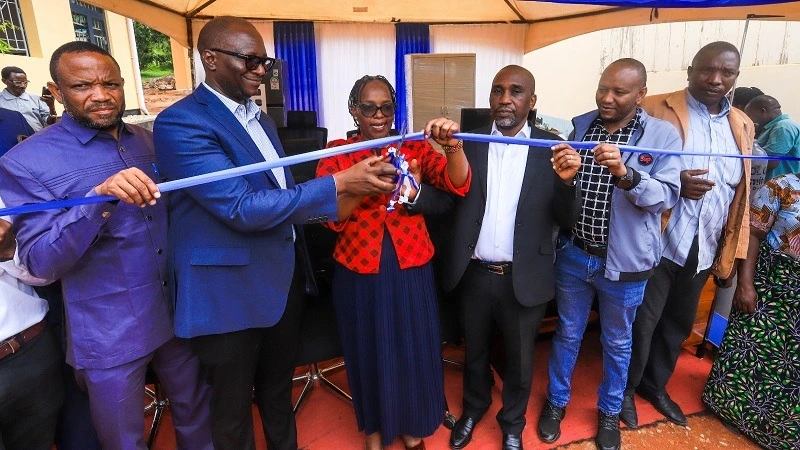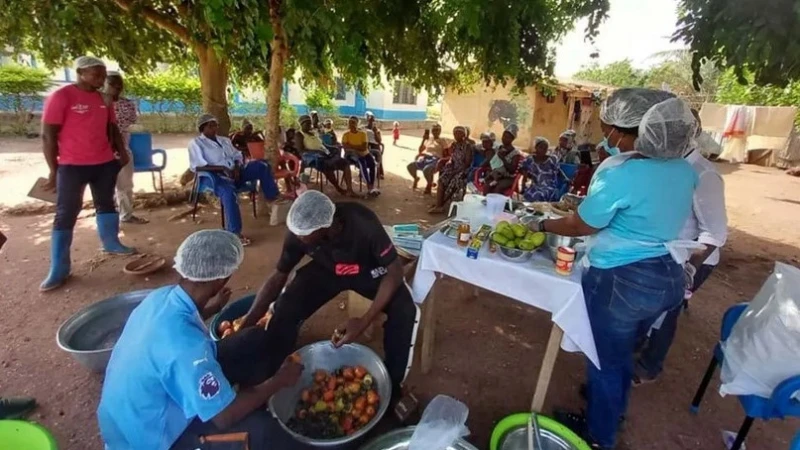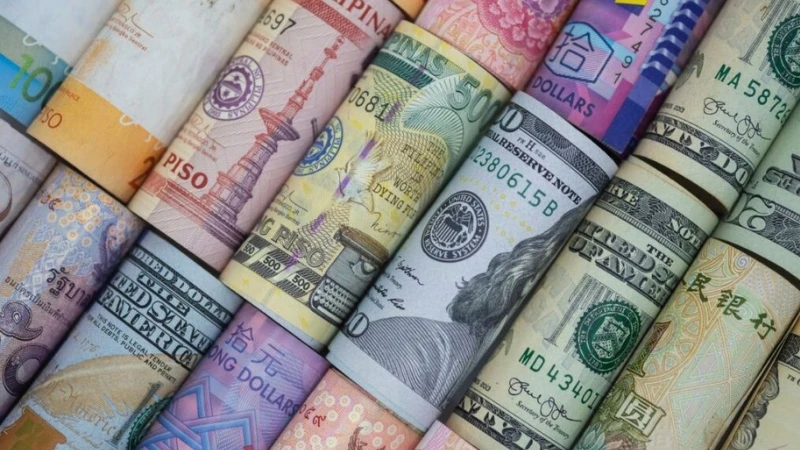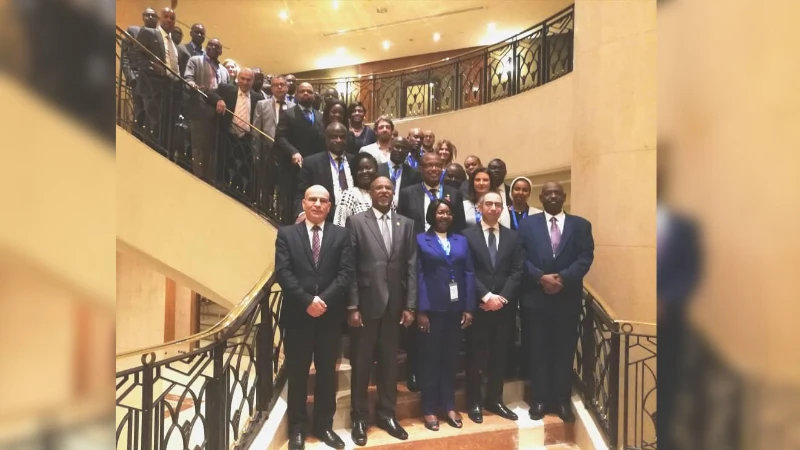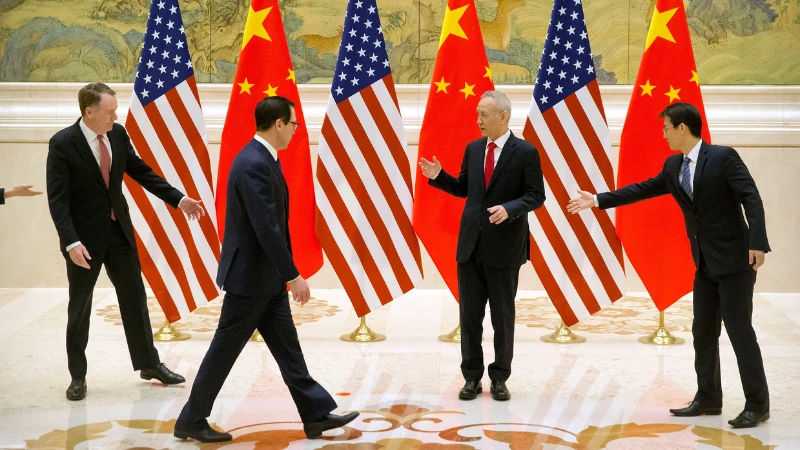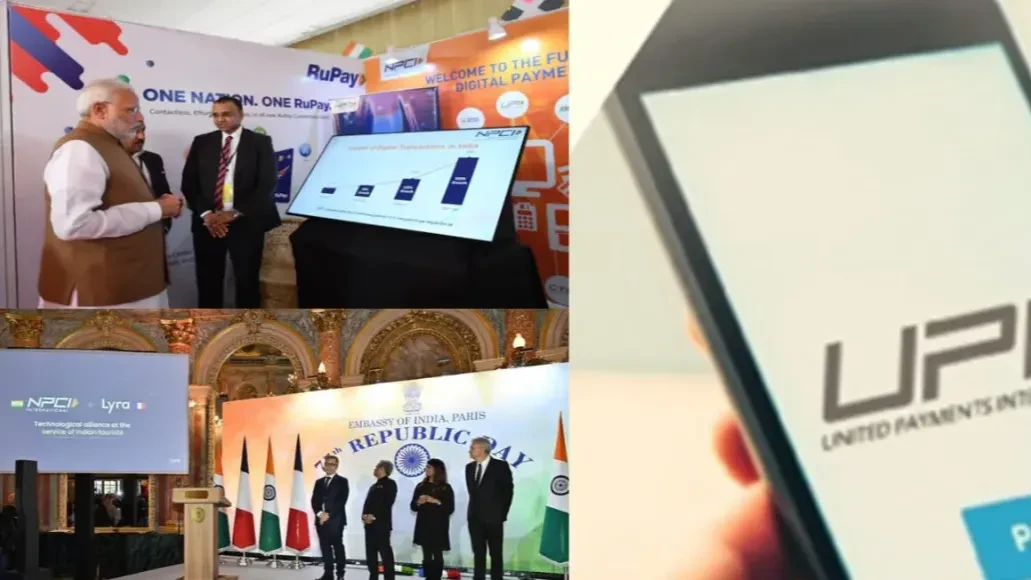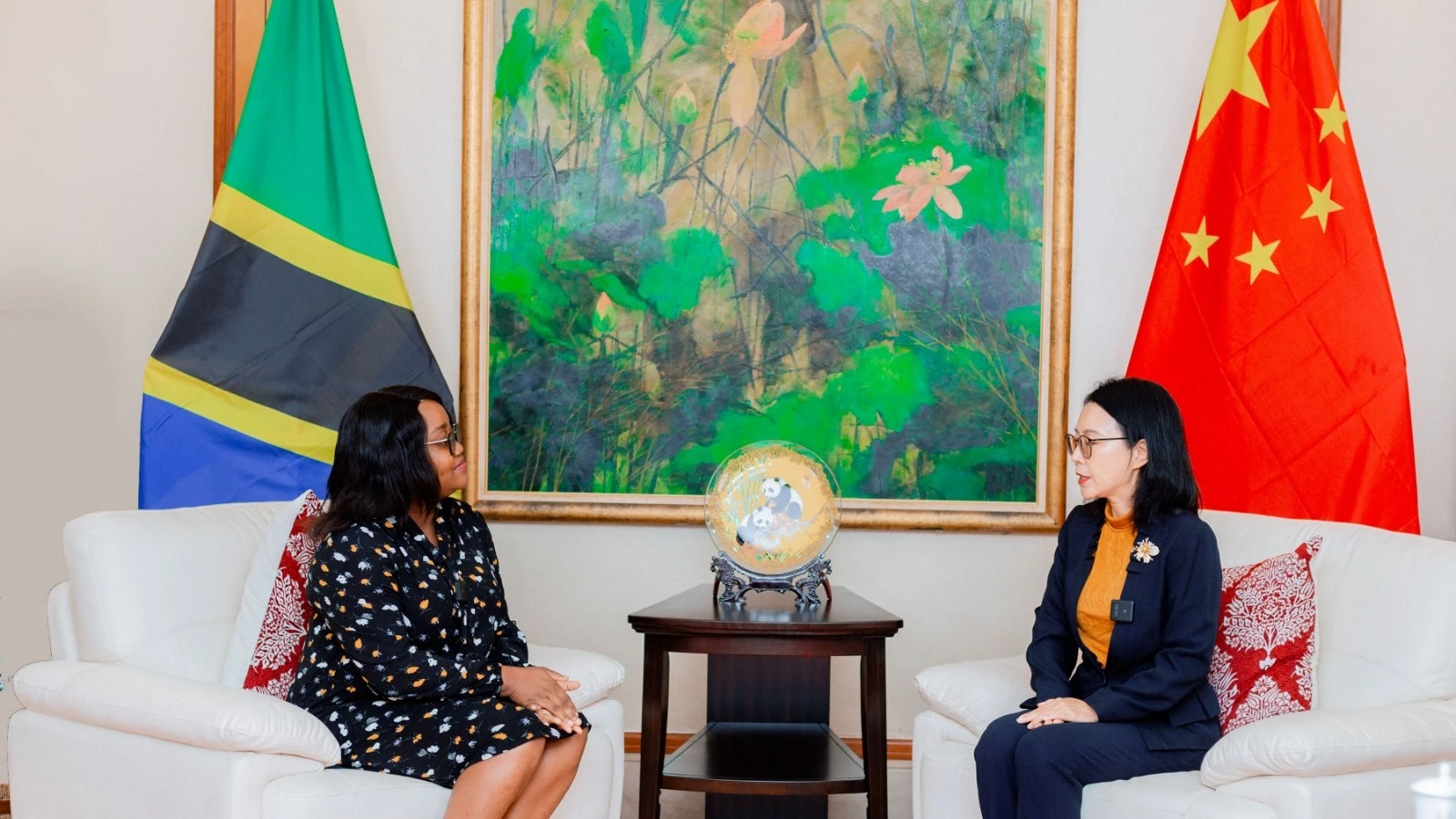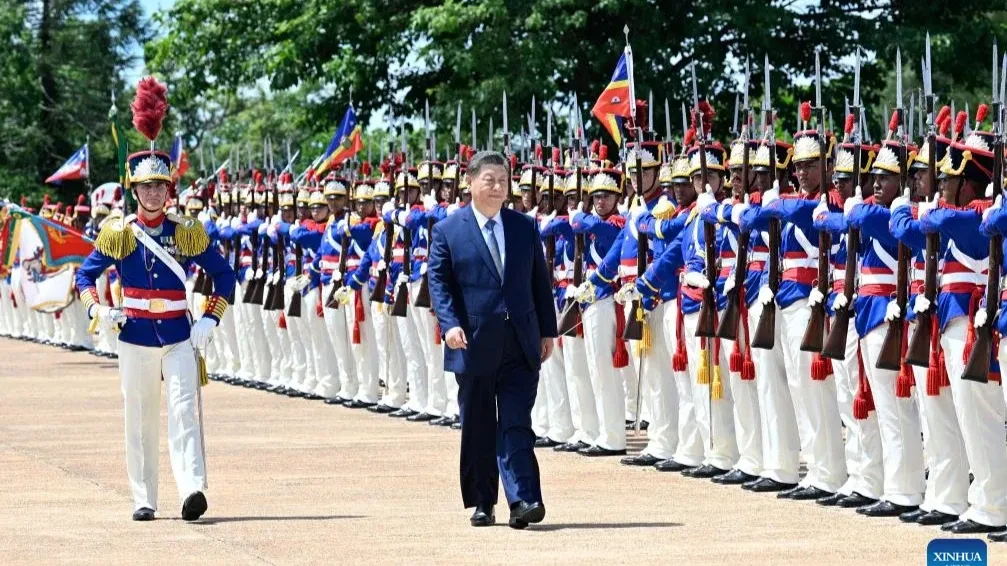UPI’s record-breaking day highlights India’s digital payments boom
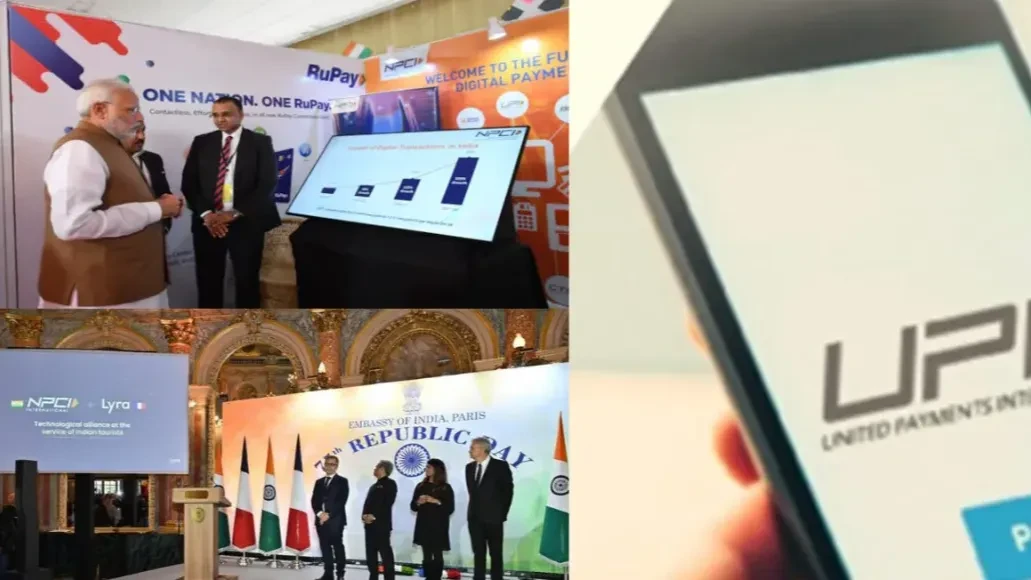
India’s digital payment revolution reached a new peak on August 2, 2025, as the Unified Payments Interface (UPI) clocked over 707 million transactions in a single day — its highest ever. The milestone was confirmed by the National Payments Corporation of India (NPCI), signalling the platform’s explosive growth and central role in the country’s financial ecosystem.
UPI, which had been averaging around 650 million daily transactions through July, saw a surge at the beginning of August. Experts believe the spike was driven by routine rent transfers, salary payments, and utility bill settlements that typically occur at the start of each month.
The new record marks a dramatic rise in UPI’s adoption. In 2023, the platform was averaging 350 million transactions a day. That figure rose to 500 million by August 2024 and has now comfortably crossed the 700 million mark. The Government of India has set an ambitious target of hitting 1 billion daily transactions by 2026.
The real-time payment system, which allows seamless peer-to-peer and merchant transactions via mobile apps, has become the default choice for digital payments in India. Over 85 per cent of all digital transactions in the country now happen through UPI, with merchant payments accounting for nearly 62 per cent of the total volume — indicating strong uptake by businesses both large and small.
Powered by apps like PhonePe, Google Pay, Paytm, BHIM, and banking applications including SBI Yono, ICICI iMobile, and HDFC PayZapp, UPI links multiple bank accounts to a single mobile interface. Users can transfer funds using just a mobile number or UPI ID, eliminating the need to input card details or bank information.
The platform is not just reshaping India’s financial landscape but is also challenging global payment giants such as Visa and Mastercard in terms of daily volume. Unlike traditional card networks that use delayed settlement models, UPI processes payments in real time — offering a faster, more efficient alternative.
The Reserve Bank of India (RBI) has also voiced support for reintroducing Merchant Discount Rate (MDR) on UPI transactions — at least for high-value merchant payments — to ensure the long-term viability of the platform.
Internationally, India is looking to replicate UPI’s success. At the BIMSTEC Summit in Bangkok earlier this year, Prime Minister Narendra Modi proposed linking UPI with payment systems in other member nations to promote cross-border trade, business, and tourism. He also offered to share India’s experience in building Digital Public Infrastructure (DPI), suggesting a pilot study to tailor solutions to regional needs.
UPI’s global ambitions were further cemented last year when it was formally launched at the Eiffel Tower during the Republic Day reception in Paris — a symbolic step in India’s effort to make UPI a global standard for digital transactions.
No-nonsense journalism. No paywalls. Whether you’re in Australia, the UK, Canada, the USA, or India, you can support The Australia Today by taking a paid subscription via Patreon or donating via PayPal — and help keep honest, fearless journalism alive.
Top Headlines
© 2025 IPPMEDIA.COM. ALL RIGHTS RESERVED


